Acclaimed science journalist Jonah Lehrer has written a new book entitled Imagine: How Creativity Works that sheds a fascinating light on the mysterious process known as “Creativity.” In a recent Wall Street Journal article, adapated from the book, he writes:
…Creativity is not magic, and there’s no such thing as a creative type. Creativity is not a trait that we inherit in our genes or a blessing bestowed by the angels. It’s a skill. (more…)



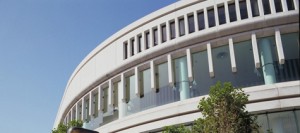 Tonight, Mason Bates wears two very different hats at Davies Symphony Hall. First, he will appear onstage with the San Francisco Symphony Chorus and organist Paul Jacobs to perform his new composition, Mass Transmission. Once the concert is over, he’ll move to the Second Tier lobby-turned-lounge for an event called Davies After Hours. In a nightclub-like atmosphere, he’ll spin electronic tracks and beats as “DJ Masonic” with friends David Arend on upright bass, Aaron Kahn on trumpet and Gloria Justen on electric violin.
Tonight, Mason Bates wears two very different hats at Davies Symphony Hall. First, he will appear onstage with the San Francisco Symphony Chorus and organist Paul Jacobs to perform his new composition, Mass Transmission. Once the concert is over, he’ll move to the Second Tier lobby-turned-lounge for an event called Davies After Hours. In a nightclub-like atmosphere, he’ll spin electronic tracks and beats as “DJ Masonic” with friends David Arend on upright bass, Aaron Kahn on trumpet and Gloria Justen on electric violin.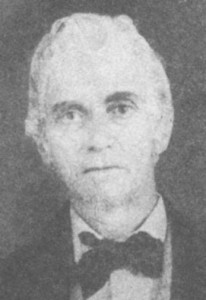
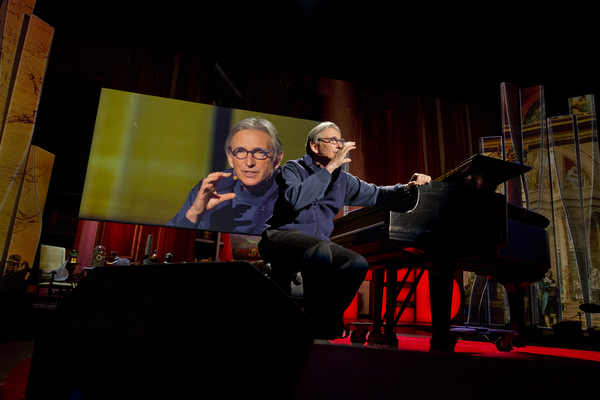
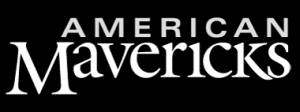 E/C/D-sharp/C-sharp. From that taut little four-note cell, Aaron Copland spun out the material, at once dense and spacious, imploded and expansive, of his 1930 Piano Variations. Cunningly orchestrated by the composer 27 years later, the Orchestral Variations got the San Francisco Symphony’s 2012 American Mavericks festival opener off to a bracing start on March 8 at Davies Symphony Hall. It also got me to thinking about the marvel of creativity, which can feed on so little to generate so much, like some tiny, tremendously efficient micro-organism.
E/C/D-sharp/C-sharp. From that taut little four-note cell, Aaron Copland spun out the material, at once dense and spacious, imploded and expansive, of his 1930 Piano Variations. Cunningly orchestrated by the composer 27 years later, the Orchestral Variations got the San Francisco Symphony’s 2012 American Mavericks festival opener off to a bracing start on March 8 at Davies Symphony Hall. It also got me to thinking about the marvel of creativity, which can feed on so little to generate so much, like some tiny, tremendously efficient micro-organism. 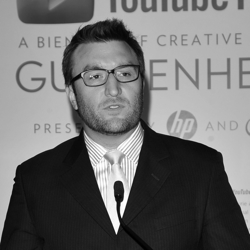 Question: What brought about the development of the YouTube Symphony Orchestra? Was it that YouTube noticed that the genre was developing in popularity? Or what make the organization feel it would be an interesting activity to present in such a futuristic way?
Question: What brought about the development of the YouTube Symphony Orchestra? Was it that YouTube noticed that the genre was developing in popularity? Or what make the organization feel it would be an interesting activity to present in such a futuristic way?